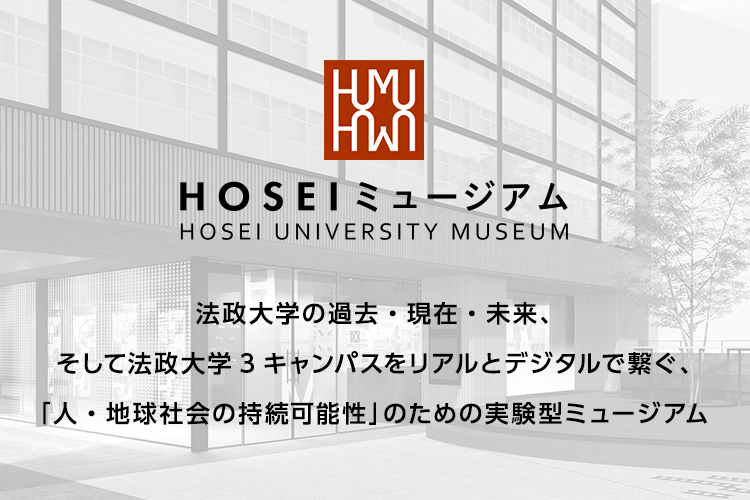Introducing
the Hosei University Museum
Since its founding in 1880, Hosei University has produced and accumulated a diverse wealth of academic resources. That rich legacy continues to grow to this day, as unique research and education flourish throughout the University with boundless possibilities for mutual collaboration.
Recognizing that potential, we established the Hosei University Museum to connect a diverse mix of research and academic resources, facilitate new innovations, and be a hub for speaking to the world. The effort also involves linking the University’s campus spaces and digital spaces together in an expansive network.
The Hosei University Museum is a space for a variety of visitors. Through the Museum’s offerings, current Hosei students can learn more about the University’s history and identity. Graduates can look back on their university days and, together with current students, look forward to what the future holds for their alma mater. The Museum is also a place where, by exploring Hosei University’s past, present, and future, visitors can think about the raison d’etre and value of universities in our society. We hope that all visitors take advantage of everything the Hosei University Museum has to offer.
Hosei University


